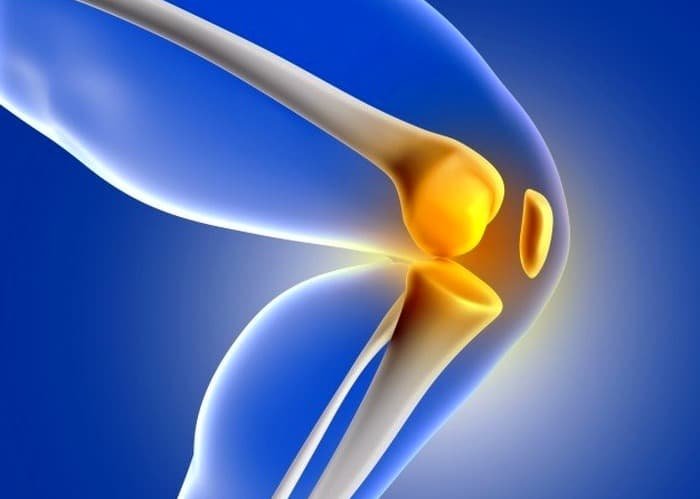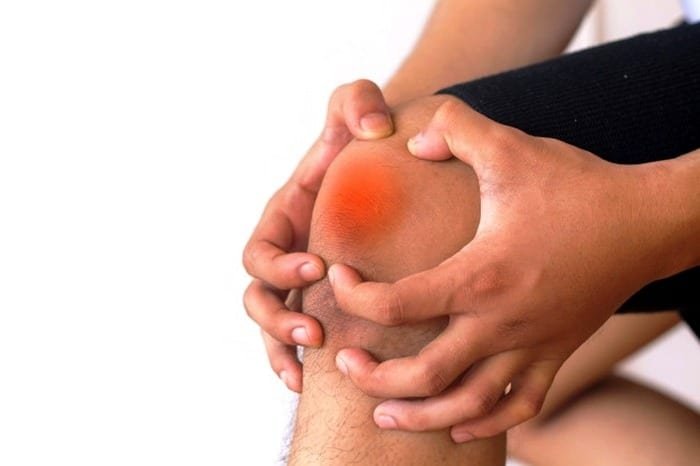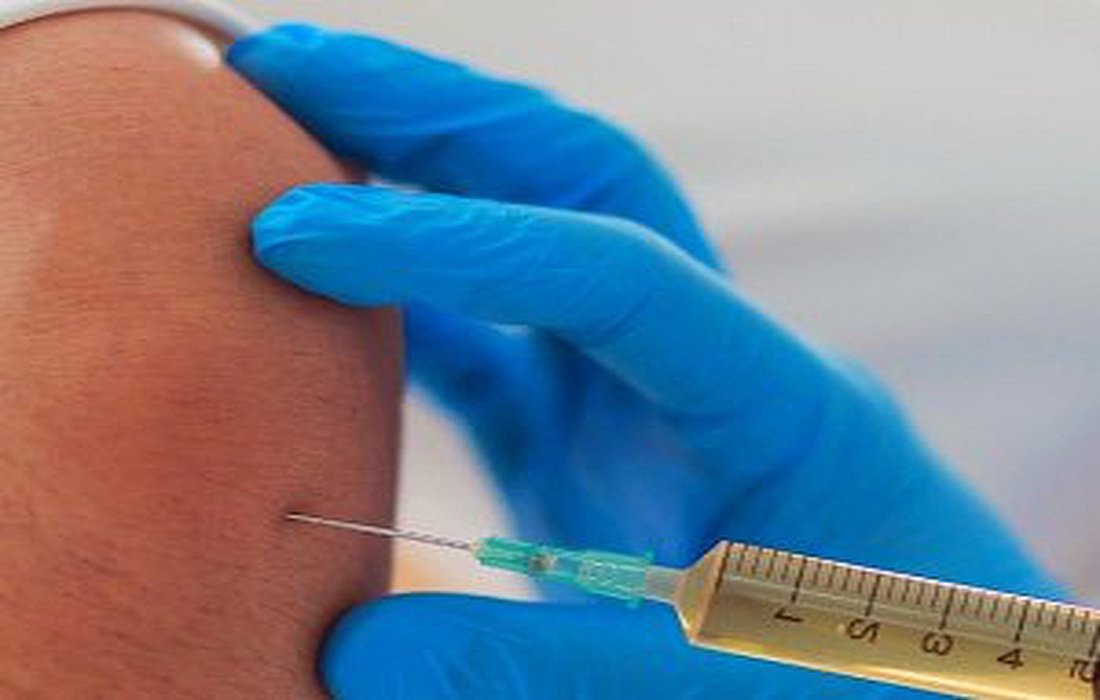All About ReliefKnee Painand Joint Pain with PRP
Human blood is made of platelets, which are solid materials that help with blood clotting. It also contains a lot of proteins that aid in cell growth and promote healing of wounds.
The PRP method refers to using plasma that has a high concentration of platelets, including growth factors. In this process, the patient’s blood is extracted, the platelets are separated from other blood cells using a centrifuge, which increases the concentration of healthy materials, and then mixed back with the remaining blood.
Why Use This Method
After preparing PRP, it is applied to the damaged tissue. It is believed that the concentrated proteins can help in the growth of new, healthy cells and speed up the body’s healing process.

How Does This Method Help with Knee Issues?
The PRP method is suitable for treating a range of knee injuries, especially for patients who have not had success with other treatments. It can alleviate the following knee-related issues:
- Disability and Pain
- OsteoporosisKnee
- Chronic Tendon Injury
- Post-Surgery Recovery
What Are the Benefits of the PRP Method?
The PRP method can provide the following benefits:
- High Efficacy: Studies show that patients with knee osteoporosis can derive significant benefits from this method, reducing their pain.
- Safety: This method usually does not cause any side effects.
- Non-Surgical: Compared to knee surgery, this method has fewer risks and is less invasive.
- Less Negative Reaction: Since the patient’s own blood is used and no external materials are introduced, the likelihood ofallergic reactionsand severe body responses is low.

How is Recovery After PRP?
The doctor may advise you to rest your knee after this method due to prior injuries.
PRP injections typically do not prevent you from performing daily activities. You may feel some soreness at the injection site, but you will eventually be encouraged to resume physical activities, so the effects are not immediately noticeable but will show after a few weeks.
Who is a Good Candidate forKnee PainRelief with the PRP Method?
You might be a good candidate if you have mild to moderate osteoporosis or chronic pain caused by tendon injuries. Rest, medication, and physical therapy may be the initial treatments you use. If those don’t work well enough, then PRP might be a good option for you.
Generally, this method is not suitable for those with cancer, paralysis, orParkinson’s DiseaseThose with infections or multiple medical issues are also unlikely candidates. A doctor can recommend the best course of action based on your knee problems.

How Should One Prepare for Treatment?
Before treatment, the patient should consult with a doctor to ensure they are adequately prepared based on their condition. Doctors usually recommend patients to follow these steps:
- Avoid taking anti-inflammatory drugs for a week prior to treatment.
- Be sure to get an MRIfor the knee to assess the extent of damage.After the injection, ensure to follow up with a check-up.
- Have someone accompany you to take you home.
- What Should the Patient Do After This Treatment?
After treatment, the patient should apply a cold compress every two to three hours for 20 minutes on each knee for three days.
- They may also consume medication for pain management or discomfort.
- The doctor may advise patients to limit physical activity and avoid activities that put pressure on the leg or cause strain.
- Patients should not put pressure on their knees.
- After 6 to 8 weeks, final check-ups should be scheduled to evaluate the effectiveness of the treatment and the patient’s status.
- If the patient experiences severe swelling, they should see a doctor to prevent worsening the condition.
- The doctor can improve joint mobility and prevent deterioration through physical therapy, reducing the risk of future injuries.
- Syringe







